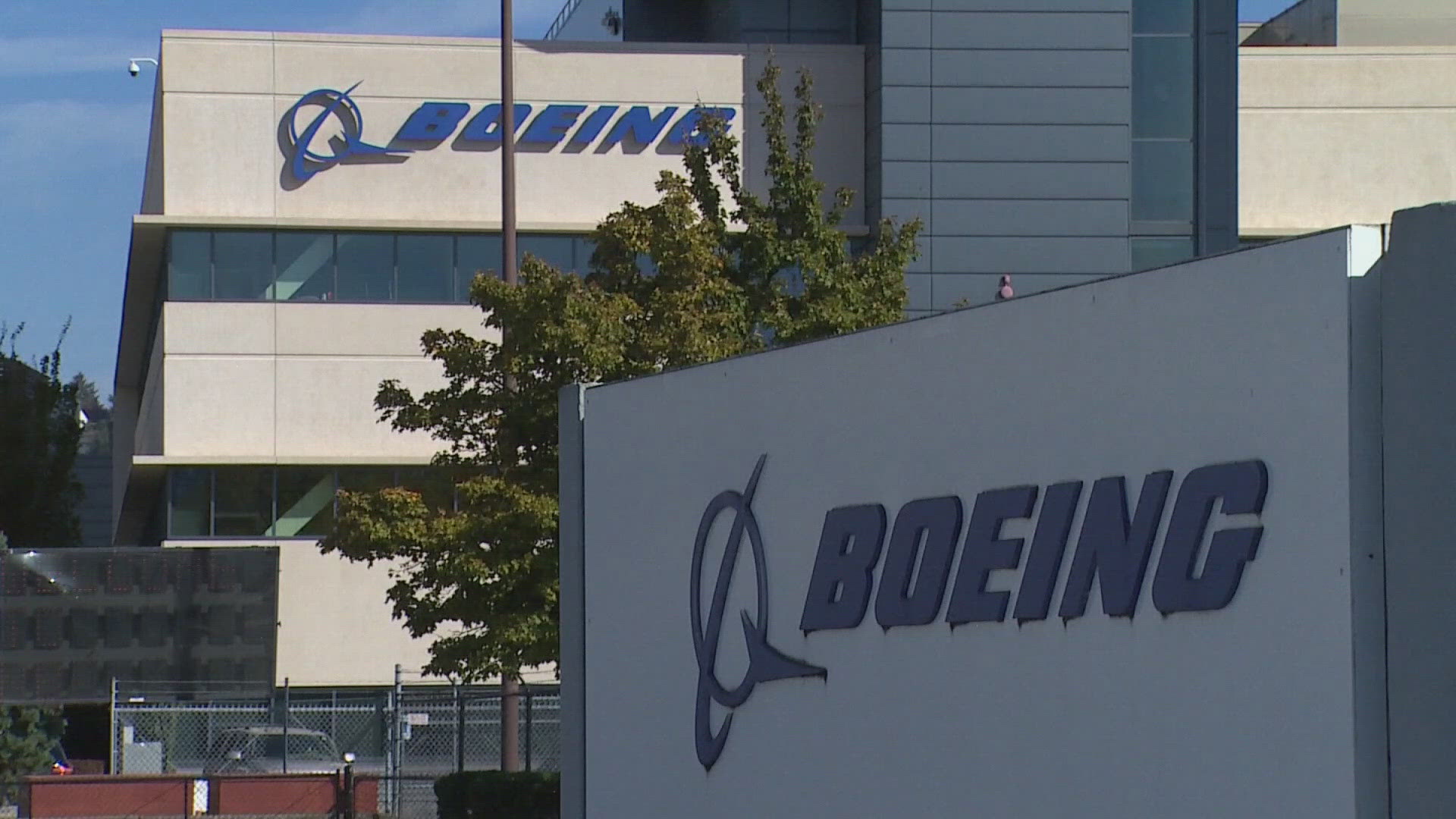ST. LOUIS — U.S. Secretary of Labor Eugene Scalia visited an aerospace manufacturer in St. Peters Friday, part of a multi-day trip to the region just before the presidential election.
After speaking with apprentices at Seyer Industries, which makes machined-parts and assemblies, the Trump administration cabinet official talked briefly with the Business Journal.
Well wishes to your wife, Trish, who tested positive for COVID-19. Thank you. She's doing fine.
What do you want St. Louis businesses to know right now? We're in the midst of a very promising and vibrant economic rebound. We saw terrific news yesterday on GDP, the largest rebound we've ever seen in GDP in the country's history, which comes on the heels of a lot of other good economic news, including strong auto sales, housing construction and retail sales. We've also brought unemployment down much more quickly than people were projecting we'd be able to do back in April, May. We've had very strong improvement here in Missouri, where unemployment's under 5%. Yesterday, we also put out information on unemployment claim filings. We're seeing hundreds of thousands of people a week coming off unemployment. In a five-week period, in September-early October, we had 3.5 million people come off unemployment.
Continuing jobless claims are 7.75 million for the week of Oct. 17, and there were 12.6 million Americans unemployed as of September.We still have some progress to make, additional people we need to help get back to work.
Has the federal government played a role in the rebound? We had an incredibly strong economy before the virus came. We had unemployment at a nearly 50-year low. Before the president took office, it had been projected that we would add under 2 million jobs, between 2017 and the start of this year. We added 7 million jobs. We had wages that were rising and rising more quickly for lower-paid workers.
Underlying that economy were policies that I think brought that economy back and are helping propel us forward now. Keeping the tax burden low on business. Eliminating unnecessary regulatory burdens on business, so that they will invest and create good-paying jobs. The steps the president took, on a bi-partisan basis with Congress, the Paycheck Protection Program, has been very valuable in supporting small business and their employees. There were also economic impact payments and unemployment relief that was available. And then when that expired, and Congress wouldn't get its act together and provide additional benefits, the president found a way to provide Federal Emergency Management Agency funding to provide that support.
Missouri has fared better than other states, but its unemployment rate has been helped by large numbers of people leaving the workforce. How can the government address this? We know that we've added nearly 11.5 million jobs back to the economy since May. It's interesting to compare, say, how Missouri is doing, at 4.9% unemployment, with Illinois, unfortunately at around 10%. California, 11%. The states that are not doing well are going to have to take a look at the policies they've had in place that are holding them back. There are some people who've exited the workforce in the last few months. We want to put them back into the workforce as we were successfully doing pre-Covid. And a vibrant recovery is going to make that happen.
Click here for the full story.



